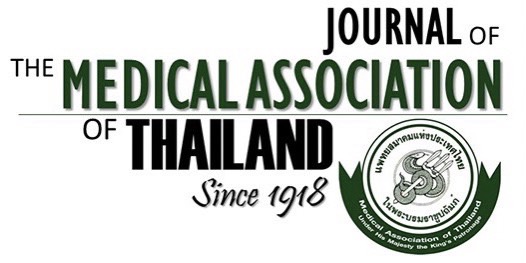Optimal Timing for Tracheostomy in Anesthetized Patients with Le Fort Fractures II-III: A Comparative Analysis
Supanadee Jianwittayakit¹, Pattharaporn Sombood¹, Patphorn Sompakdee¹, Chosigawan Maneechot², Orawan Supapueng³, Phongthara Vichitvejpaisal¹
Affiliation : ¹ Department of Anesthesiology, Faculty of Medicine Siriraj Hospital, Mahidol University, Bangkok, Thailand; ² Division of Traumatology Surgery, Department of Surgery, Faculty of Medicine Siriraj Hospital, Mahidol University, Bangkok, Thailand; ³ Division of Clinical Epidemiology Unit, Department of Research, Faculty of Medicine Siriraj Hospital, Mahidol University, Bangkok, Thailand
Background: Le Fort fractures, particularly types II and III, pose significant challenges in maxillofacial trauma due to complications in airway management. There is ongoing debate about the optimal timing of tracheostomy in these patients, specifically comparing preoperative tracheostomy under local anesthesia with post-intubation tracheostomy under general anesthesia.
Objective: To compare these approaches to determine their effectiveness and impact on patient outcomes.
Materials and Methods: The present study was a retrospective study involving 97 patients with Le Fort II and III fractures who underwent tracheostomy at a trauma center. Patients were divided into two groups with Group A for preoperative tracheostomy under local anesthesia, and Group B for post-intubation tracheostomy under general anesthesia. Data was collected from electronic medical records and analyzed using descriptive and inferential statistics, including chi-square, unpaired t-tests, and Mann-Whitney U tests.
Results: Group A included 69 patients, while Group B included 28 patients. Preoperative tracheostomy under local anesthesia took significantly longer to perform than post-intubation tracheostomy under general anesthesia (p<0.004). One case in Group B experienced unexpected, failed intubation, necessitating a switch to preoperative tracheostomy. Despite procedural differences, no significant differences were observed in patient outcomes between the two groups, including vital signs, pain scores, bleeding, and length of hospital stay.
Conclusion: Preoperative tracheostomy under local anesthesia provided better airway control and fewer complications compared to post-intubation tracheostomy under general anesthesia. The timing and approach to tracheostomy should be individualized based on patient conditions and surgical complexities to ensure optimal outcomes and patient safety.
Received 22 July 2025 | Revised 15 September 2025 | Accepted 22 September 2025
DOI: 10.35755/jmedassocthai.2025.11.936-945-03316
Keywords : Airway management; Anesthesia; Le Fort fractures; Retrospective study; Tracheostomy
All Articles
Download



